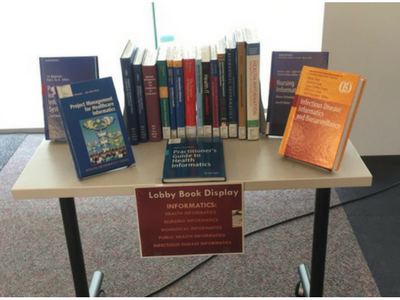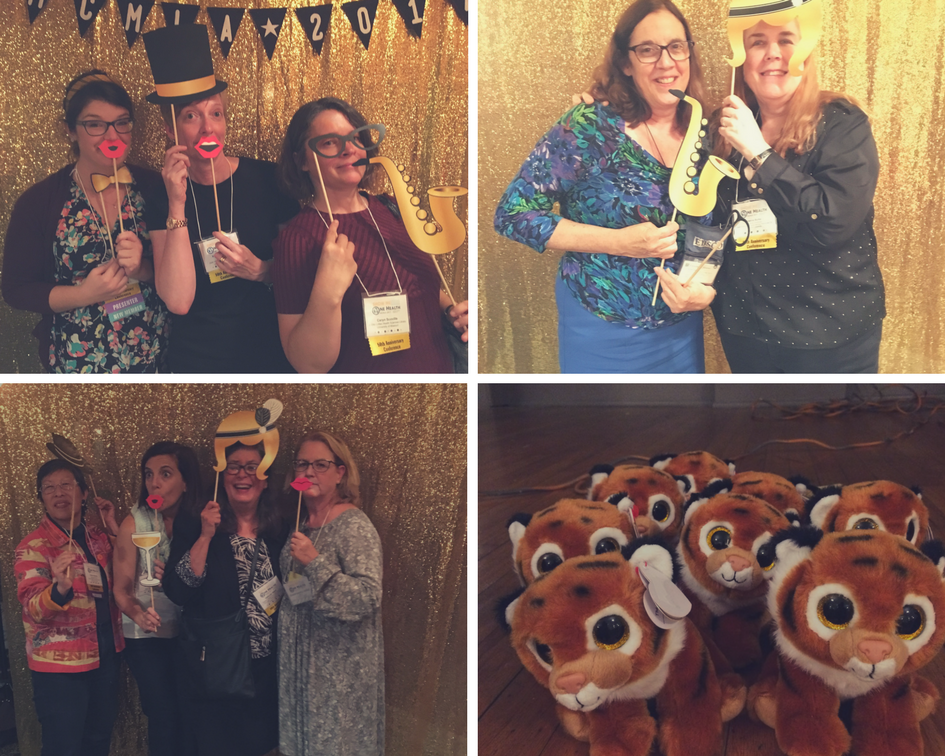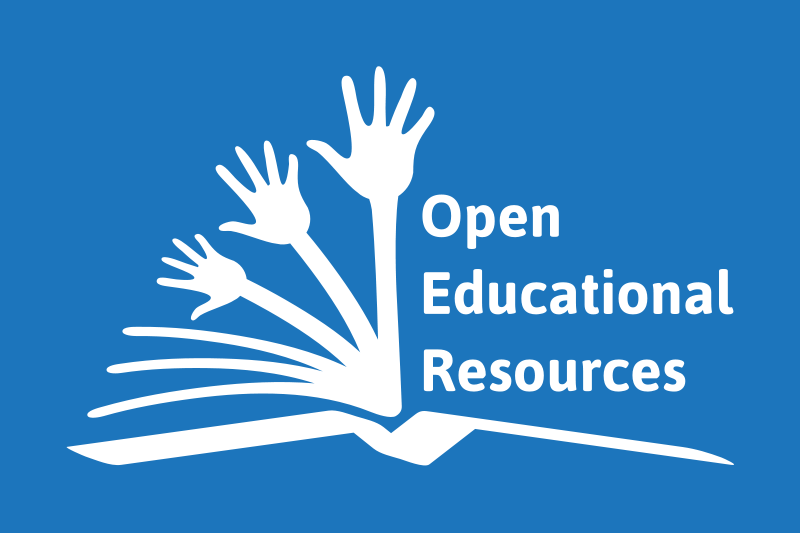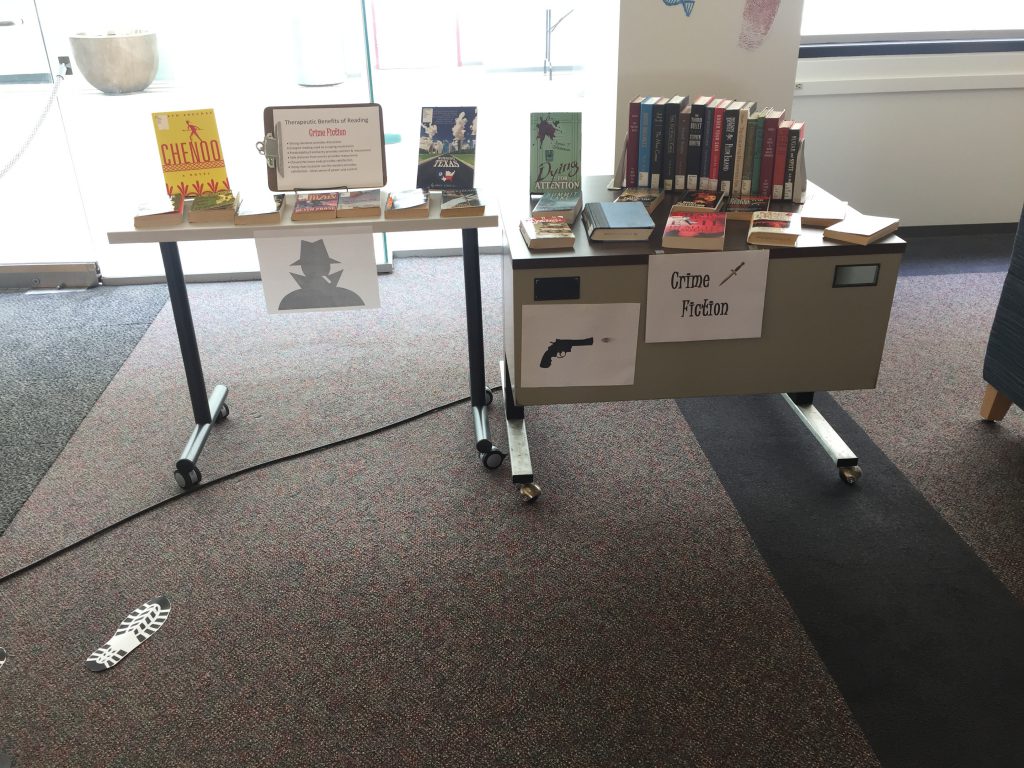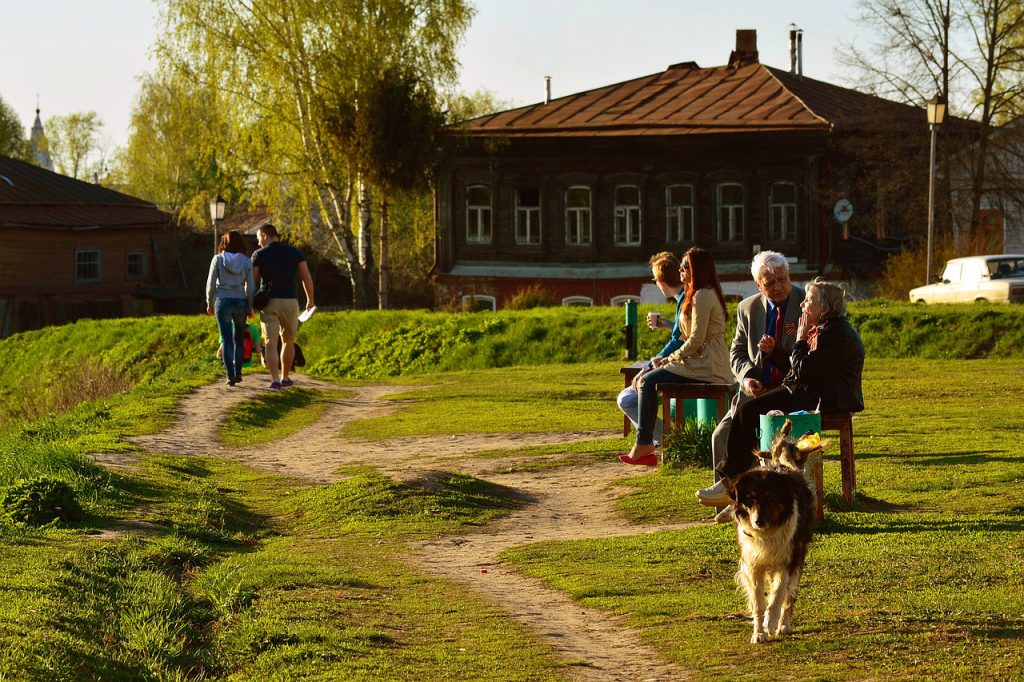Health Sciences, Nursing, and Medicine Faculty-
Funding of $1000-$10,000 is now available to faculty who adopt, adapt or create free or low-cost textbooks and course materials for their classes. Priority will be given to grants for high-impact courses with a large number of students, and to courses with exceptionally high textbook costs. The amount awarded to successful applicants will be based upon the amount of savings to each student, and the number of students in the class.
Grants are available for several different activities, including:
- Adopting, adapting and/or creating open and affordable materials
- Reviewing open textbooks
- Mentoring faculty new to A&OER
Click here to access the grant application. Applications are due December 8 for Spring 2018 classes, and April 15 for Summer & Fall 2018 classes.For additional information, please visit the A&OER initiative website.
Reach out to Taira Meadowcroft if you are interested in incorporating OER in your health sciences, nursing, and medicine courses.


